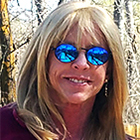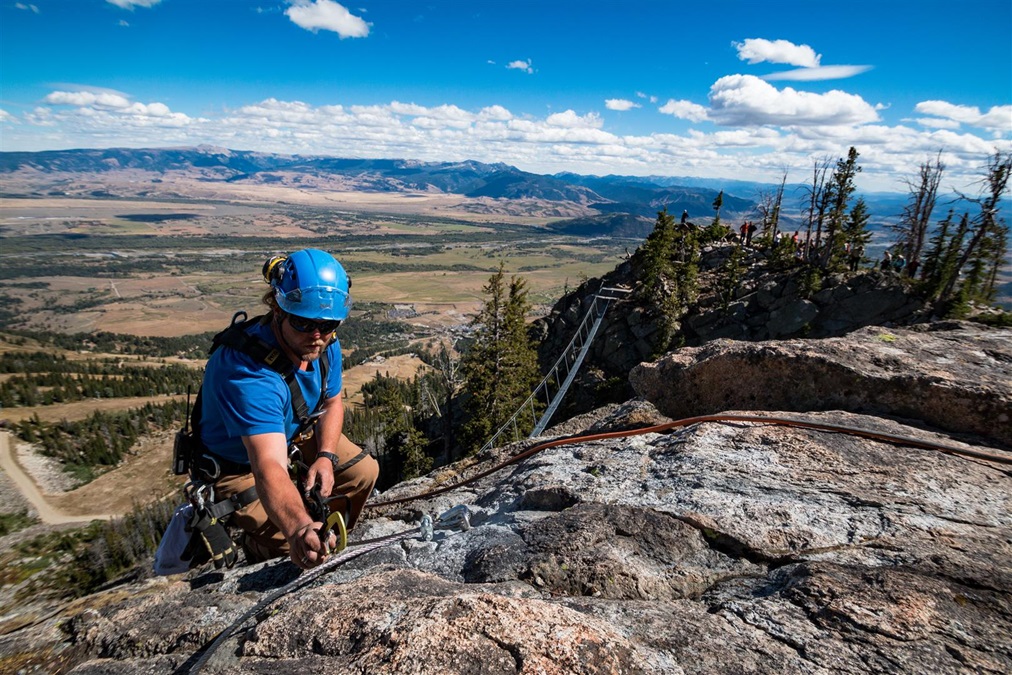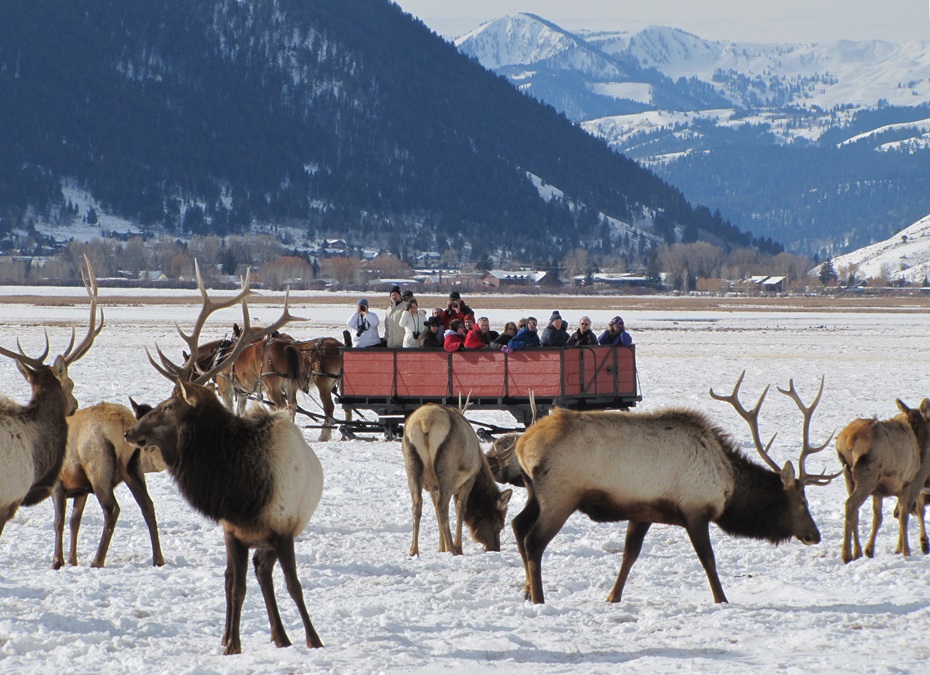Fly to the national parks in the Intermountain West
Some of America’s most spectacular geological features, along with unrivaled beauty and abundant wildlife, characterize the Intermountain West national parks.
Grand Teton National Park, Wyoming: Fly to Jackson Hole Airport, the only commercial airport inside a national park. The Tetons rise abruptly from the valley floor to form perhaps America’s most stunning visual backdrop. Float the Snake River or take the ferry across Jenny Lake for quiet hikes where you’re likely to spot a moose. Stay in one of the park’s elegant lodges or rustic cabins. South of the park, swanky Jackson is filled with hip shops. Resorts offer excellent winter skiing and fabulous summer hiking. Via Ferrata is Jackson Hole’s newest attraction. Don’t miss the National Museum of Wildlife Art any time, or the opportunity to see hundreds of elk up close in winter. Both are in the National Elk Refuge between Jackson and the national park. Jackson Hole is linked to Yellowstone National Park, just to the north, via the John D. Rockefeller Jr. Memorial Parkway. The name is due to the fact that Grand Teton National Park probably wouldn’t exist at all if not for the generous donations of land from Rockefeller, who had the foresight to protect it from development.
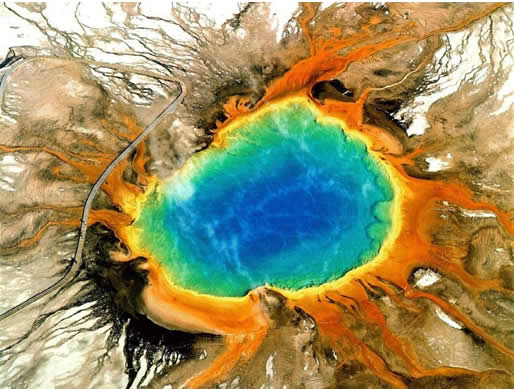
Black Canyon of the Gunnison National Park, Colorado: Fly to Montrose to access the Black Canyon of the Gunnison National Park. The canyon’s name is derived from the fact that parts of the gorge bottom receive only 33 minutes of sunlight per day, because the canyon is so narrow. Excellent scenic drives are along U.S. Highway 50 and Colorado Highway 92, as well as the south rim. The park’s east end is the most developed for camping (no lodges in the park), as well as canyon tours, hiking, fishing, and boat tours. The park’s west end provides river access by car and guided canyon tours. The south rim has a campground and hiking trails; inner canyon descents are strenuous and require Class 3 climbing and basic route finding skills.
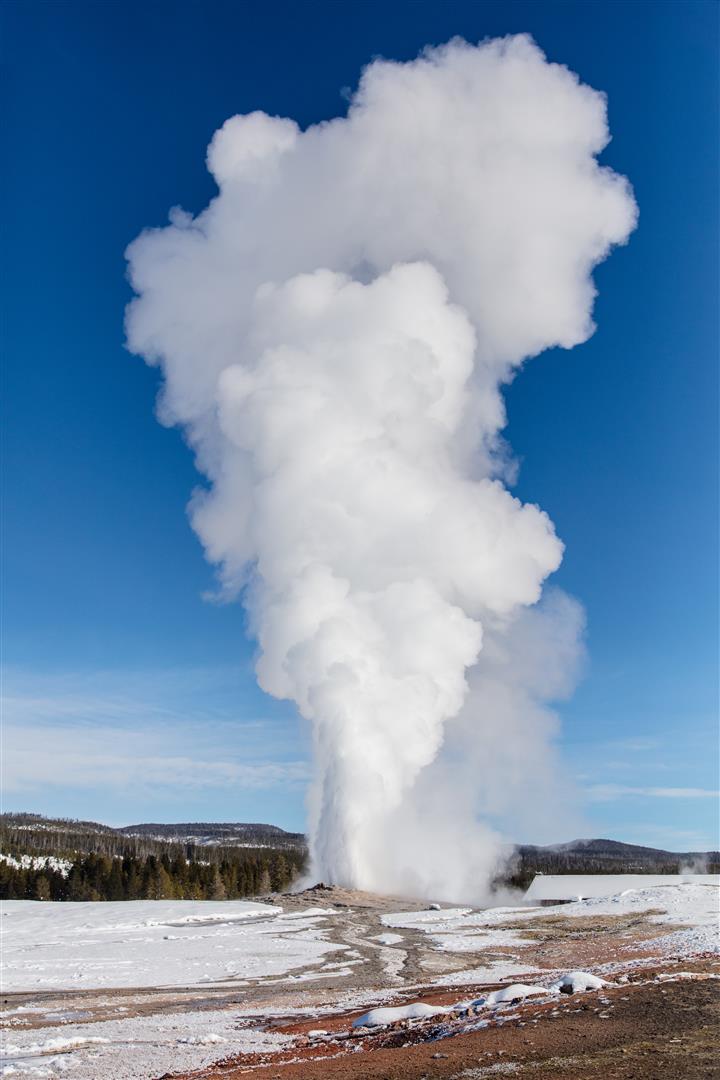
Mesa Verde National Park, Colorado: Cortez Municipal Airport is your flight destination; from here it’s a scenic one-hour drive to this park, which preserves an astounding collection of Ancestral Puebloan ruins perched in the cliffs. The new Mesa Verde Visitor and Research Center is the place for information for self-tours or to buy tickets for guided tours of the Cliff Palace, Balcony House, or Long House (the only way to visit these sites, and well worth it). Evening campfire talks, twilight tours, and photography tours are also available, and there’s a driving loop where you can look down on many of the structures. The elegant Far View Lodge more than lives up to its name and delivers excellent cuisine as well.
Rocky Mountain National Park, Colorado: Fort Collins is the best place to start this trip, as you’ll pass through the town of Estes Park, gateway to Rocky Mountain National Park, and one of the world’s best places to see elk during the fall rut. Estes Park also provides lodging, restaurants, an aerial tram, and much more. A UNESCO World Biosphere Reserve, Rocky Mountain National Park has five visitor’s centers and is chock-full of wildlife, including bighorn sheep, black bears, elk, and deer. Alpine climbing, hiking, horseback riding, camping, and scenic drives make this park popular, especially in summer.
